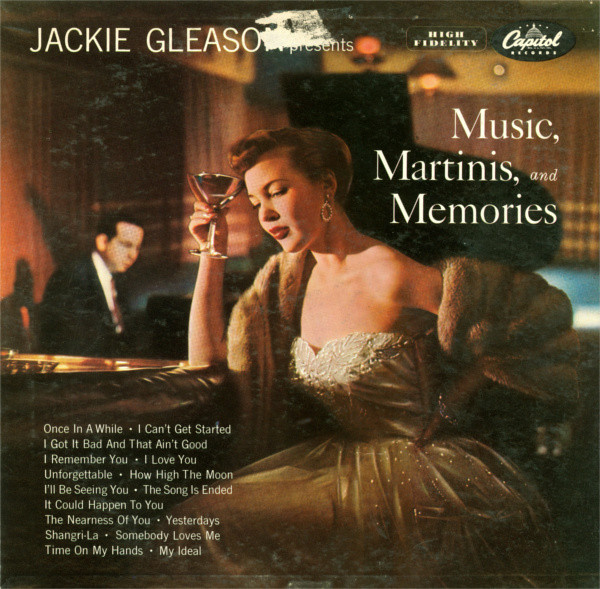doity
400 Club - QQ All-Star
- Joined
- Nov 29, 2014
- Messages
- 434
Some of the biggest rock bands did not go the quad route AFAIK. I know that both Yes and Zeppelin were on Atlantic but weren’t there some quad releases on Atlantic? Also bands like Kansas and Jethro Tull did not take advantage of Quad either unless I am mistaken. Some of the biggest draws of the 70’s were nowhere to be seen but there are tons of easy listening releases and albums that likely sold less than 10,000 if that.
The biggest sellers and live draws back then we’re pretty much Zeppelin, The Stones, The Who, Wings, Elton John, Pink Floyd, and Yes. Only a couple of those artists had any quad offerings and to me that is a big question mark. Especially since it would had expanded the market and made money for the record companies. Hell, they could had moved a few million of just LZII if it had been released. Any insights on why this happened or am I wrong here?
The biggest sellers and live draws back then we’re pretty much Zeppelin, The Stones, The Who, Wings, Elton John, Pink Floyd, and Yes. Only a couple of those artists had any quad offerings and to me that is a big question mark. Especially since it would had expanded the market and made money for the record companies. Hell, they could had moved a few million of just LZII if it had been released. Any insights on why this happened or am I wrong here?




